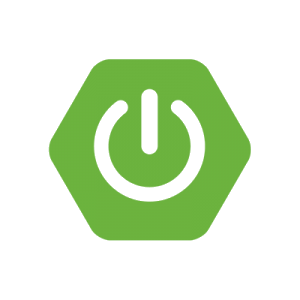

Horas:
Financiación:
Destinatarios:
Prazas
Datas, Horarios e Sesións
Data Inicio
Data Peche
Tipos Formación
Datas e horarios
Número Webinars
Enlace ao curso
Necesidades, prerrequisitos e inf. xeral
Necesidades a cubrir
Prerrequisitos
Carácter
Medios necesarios
Datos persoal Formador e Titor
Persoal formador
Empresa contratada
Titor
Descrición
The development of Java applications has been supported for years by different tools for managing and building projects and other frameworks to help in the development process, maintenance and throughout the project's life.
One tool which has stood out above the rest in the last decade for managing and building projects is MAVEN. In this course, we will approach one from scratch, discussing all the opportunities this tool offers and working with different library repositories, external or internal.
A consolidated framework in the Java world is Spring, which provides different libraries to support all the development layers (view, model, business, storage processes...). Initially, it started as a dependency injector, which allowed the separation of code layers in a much simpler way; today, it supports a multitude of different circumstances, as well as adding the work with other external libraries to Spring in an easy way, such as CXF, Apache Camel, etc. The course will cover the use of Spring in each of the layers of the project and the configuration of the project.
Competencias a desenvolver
Learning to build a project with the Spring framework in the Java language
Metodoloxía
Each topic will consist of a theoretical part, which will provide the necessary knowledge to address a second practical part associated with each issue.
By combining all the practical parts of the course, each of the students will program their small platform for managing subjects and students at the end of the course.
In addition, during the last 30 minutes of each class, students will be able to ask questions about the subject and will be able to address any relevant doubts in depth.
Temario
Day 1: Introduction to Maven
- Presentation of the course
- Maven and its objectives
- Installation and configuration
- Archetypes
- Creating s project
Day 2: Working with Maven
- Lifecycle
- Maven profiles
- Main plugins and introduction to creating your own plugin
- Installing Artefactory as an enterprise repository
- Gradle. The evolution of Maven
Day 3: Introduction to Spring
- ¿What is Spring?
- Dependency injection
- Creating a first Spring project
Day 4: Spring Boot
- Autoconfiguration
- Configuration using Java classes
- Starting a project via Tomcat or embedded Tomcat
Day 5: Architecture and Spring WEB
- Getting started with Spring WEB
- REST services with Spring MVC
Day 6: Spring WEB
- Integrating CXF with Spring
- Thymeleaf as a web presentation tool
Day 7: Spring Data (JPA and JDBC)
- Introduction to the model layer with Spring
- Spring JDBC and JDBC Template
- Integration with Hibernate
Day 8: Spring Data (JPA and JDBC)
- Spring Data
- Creating queries with criteria and specifications
Day 9: Getting started with Spring Security and course completion
- Configuring Spring Security
- Securing Spring WEB using configuration and annotations
- Conclusions



